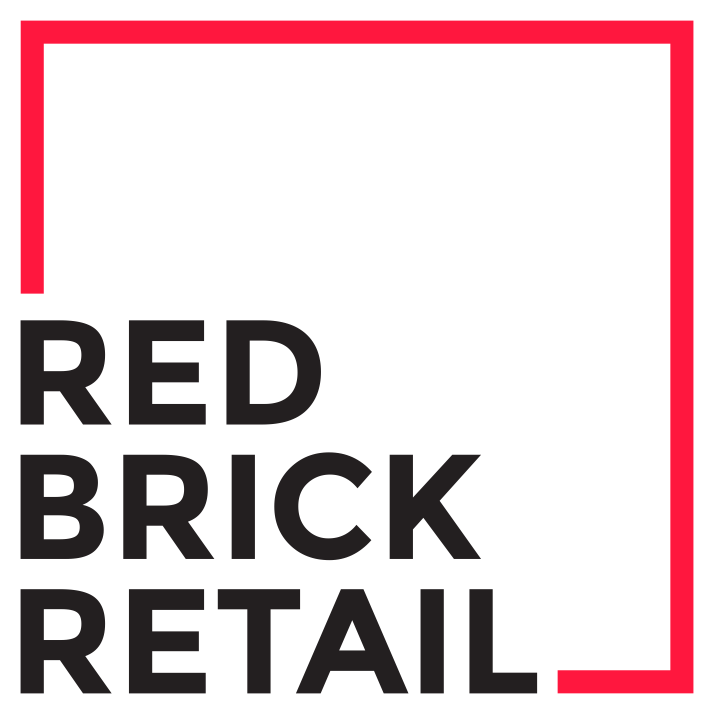Creating a Package Design that Will Set Your Brand Apart
What’s inside a package will only matter if the package itself gets noticed. A font, a color, a logo, a texture—these simple choices are what set your product packaging apart from competitors. Success in retail sales marketing depends on many factors, and packaging that grabs a consumer’s attention is important.
Power of the Package for Retail Sales Marketing
At its basic, the packaging is practical. After all, you can’t carry a serving of potato chips home from the store in your hands. But it also evokes an emotional response. The familiar colors on the bag of your favorite brand of potato chips conjure up fond memories, and you reach for the bag almost without thinking.
Or, in trying new products, the packaging provides some sort of experience that makes a shopper buy it. Maybe the package feels good in the hand or allows the pleasant scent of the product to waft through.
Whatever the appeal, packaging can make or break a sale.
Defining Your Brand
Great packaging begins with diligent homework. The first step is to ask yourself these three questions:
1. What is my product?
A delicate piece of handmade jewelry automatically requires different packaging than a concrete garden gnome. Start your plan by realistically assessing the needs of your product. How will it be displayed or shipped? How will it be stored? Packaging needs to function as well as entice. Putting the physical requirements of your product first will help set you in the right direction.
2. Who is my customer?
Is your product intended for use by men more than women, Gen Xers more than Boomers? A common mistake in package design is trying too hard to appeal to “everyone.” But even products that everyone, such as toilet tissue use, are packaged with a certain demographic of buyers in mind. Getting clear on who you’re marketing to will make package designing more effective.
3. How are people buying my product?
Packaging for e-commerce may not work for retail sales marketing, and packaging for an upscale boutique won’t work for a big-box store. Yes, your product will most likely be sold in more than one venue, but focusing on the main avenue of sales will increase your chances of creating packaging that works.
Branded!
If your brand has previously been established, then much of your design work is already done. If this is your first launch then, hurray! Put on your creative entrepreneur hat and get ready to deal with a million possible choices.
If budget allows, hiring a team of professional graphic artists–or even one– is the best way to create the visual elements of your brand. But if, like many entrepreneurs, you’re a one-person team, don’t worry. With the help of online graphic design tools, almost anyone can create a polished, professional-looking series of labels, social media posts, content, and other graphics that represent your brand.
Let’s Get Layered
Now that you’ve sorted the practical needs of your product and created a unique and eye-catching brand, it’s time to get to the real work.
Packaging can come in three different layers, and each layer is another chance to tell a part of your company’s store.
- The product package is the container the item comes in. A bottle for shampoo, a bakery box for cookies. There are many shapes, materials, and colors of packaging to choose from. Labels are important but don’t expect a label to do all the work. Select a package that speaks to the aesthetics of your brand. If your product is high-end, the packaging should be too. If it’s rustic and hand-made, let the package be the first to say
howdy
.
- The outer packaging is the shipping box or envelope you’ll use for e-commerce. Depending on your product’s size, shape, and weight, it may be necessary to special order custom-sized containers. Shipping boxes printed with your company’s logo and address are a small additional cost that elevates your packaging.
- Inner packaging is the box within the box. You wouldn’t just throw a few bars of handmade soap in a box and send it, right? You’d wrap them in tissue, or maybe place them in a small box with crinkle paper and a nice thank you note. All the items needed to secure your product within the shipping box are considered inner packaging. Inner packaging is practical, but it can also be chosen and used in a way that helps establish your product as something special.
Creating a package that wows is a multi-step process, and even with professional help, you might not get it all right the first time. No matter how long it takes, you can count on Red Brick Retail to provide the marketing strategies and consulting you need to make your product launch the success you’ve always dreamed of.
